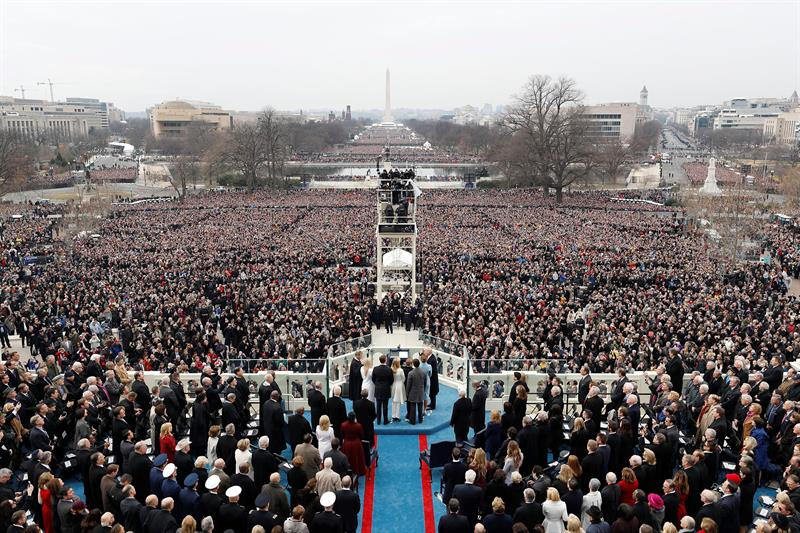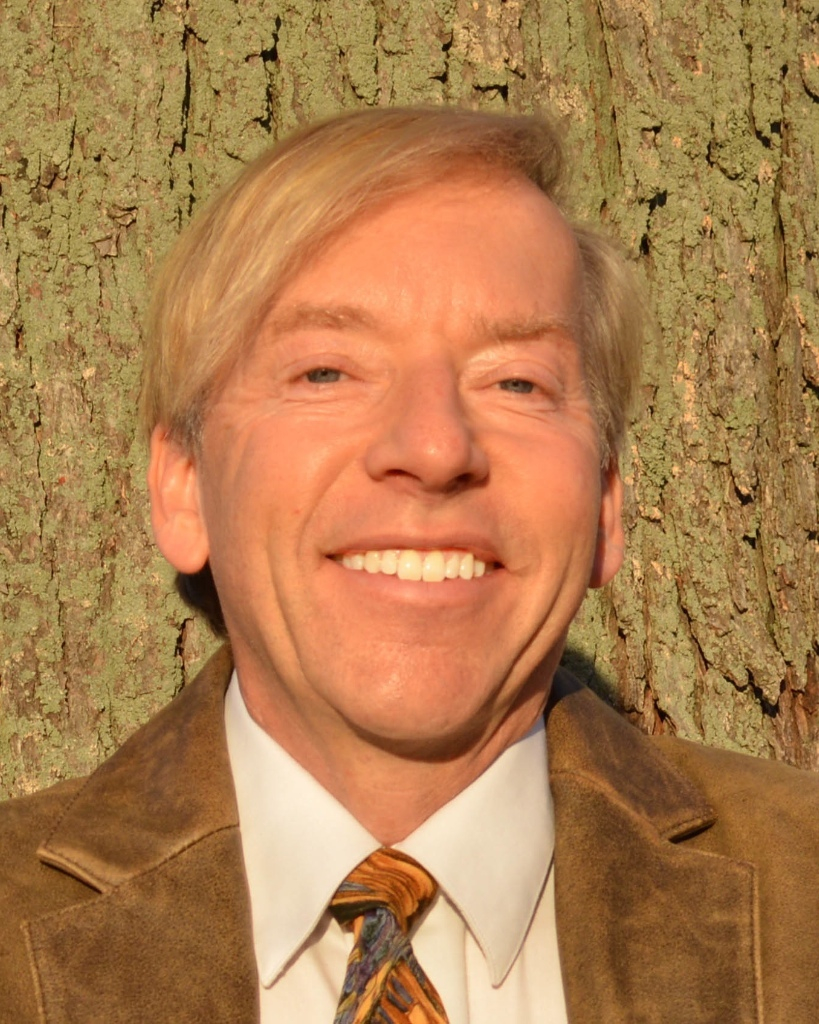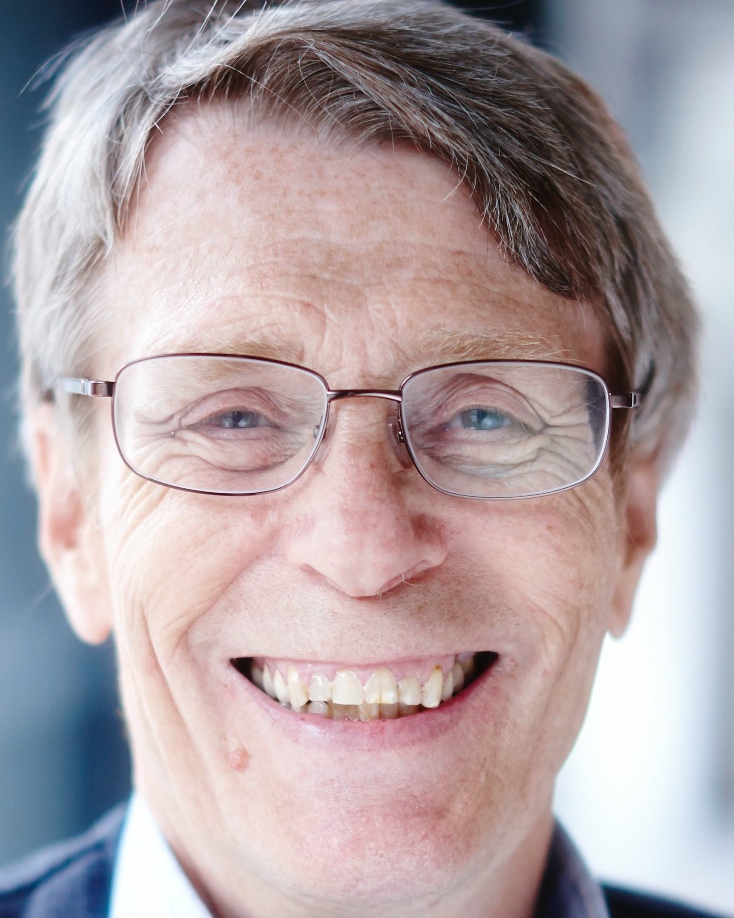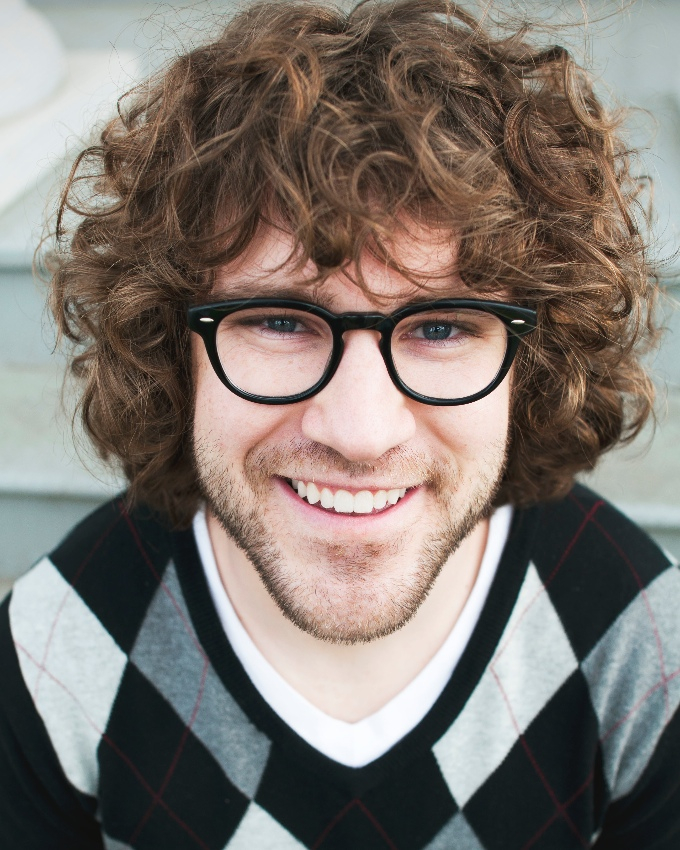Trumpism Redux
Editor’s Introduction In the summer and fall of 2016, during the run-up to the U.S. presidential election, Sightings published a series of essays on the Trump phenomenon, or “Trumpism” (if such a thing can in fact be defined), and what it revealed about the relationship between religion and politics in America
Editor’s Introduction
 In the summer and fall of 2016, during the run-up to the U.S. presidential election, Sightings published a series of essays on the Trump phenomenon, or “Trumpism” (if such a thing can in fact be defined), and what it revealed about the relationship between religion and politics in America. For today’s special issue of Sightings, we invited three of the contributors to that series—Roger Griffin, professor in modern history at Oxford Brookes University and one of the world’s foremost experts on fascism; Landon Schnabel, a PhD candidate in sociology at Indiana University Bloomington working at the intersection of gender, sexuality, religion, and politics; and Arthur Versluis, chair of the Department of Religious Studies at Michigan State University and editor of JSR: Journal for the Study of Radicalism—to offer follow-up reflections from the vantage point of one year into the Trump administration. Excerpts from these pieces appear below; be sure to click through to read each one in full.
In the summer and fall of 2016, during the run-up to the U.S. presidential election, Sightings published a series of essays on the Trump phenomenon, or “Trumpism” (if such a thing can in fact be defined), and what it revealed about the relationship between religion and politics in America. For today’s special issue of Sightings, we invited three of the contributors to that series—Roger Griffin, professor in modern history at Oxford Brookes University and one of the world’s foremost experts on fascism; Landon Schnabel, a PhD candidate in sociology at Indiana University Bloomington working at the intersection of gender, sexuality, religion, and politics; and Arthur Versluis, chair of the Department of Religious Studies at Michigan State University and editor of JSR: Journal for the Study of Radicalism—to offer follow-up reflections from the vantage point of one year into the Trump administration. Excerpts from these pieces appear below; be sure to click through to read each one in full.
For the original essays, see Griffin, “The Last Trump?” (September 8, 2016); Schnabel, “Is Trump an Outsider Candidate?” (September 29, 2016); Versluis, “Redefining the American Civil Religion” (October 6, 2016); and our own “After Trump” (November 3, 2016).
Image: The inauguration of Donald J. Trump as president of the United States on January 20, 2017.
|
“But there is another religious aspect to Trump’s announcement that has received less attention, and that is the role played in his decision by the assumption that the inner world of the believer provides the unique authoritative source of higher knowledge and revelation. One of the most fundamental historical transformations of a major religion occurred when Protestantism relocated the locus of Christian authority for interpreting scriptural truth away from the Vatican and the priesthood and to the conscience and intuitive moral voice of the individual, as the dramas of salvation and damnation, sin and redemption, painfully work themselves out in his or her soul. One (in social and humanistic terms) benign outcome of this shift of emphasis was the development of ritual practices by the Quakers to facilitate each believer’s access to the ‘Inward Light’ received and acted on in a spirit of love. A corollary of this was that, unless epiphanic moments of illumination and deeper understanding broke through the cloud of unknowing, prompting spontaneous utterances, total silence reigned in their gatherings.
“However, in the context of a living religion, the abandonment of rigid hierarchical authority, of strictly choreographed rituals, and of formulaic creeds known ‘by heart’ for spontaneous moments of revelation has its dark side. Precursors of modern dispensationalists were the millennarian Anabaptists, who created their own apocalyptic interpretation of contemporary history based on an idiosyncratic reading of the New Testament, especially the Book of Revelation. When Jan Beukelszoon (John Bockelson), who entered history books as John of Leiden, convinced himself that his mission was to turn the German city of Münster into Jerusalem in preparation for the imminent Second Coming of the Messiah, his certainty was not that of the biblical scholar, but of the prophet, the shaman, the visionary.” |
|
|
 Civil Religion and Civil Battles Civil Religion and Civil BattlesBy Arthur Versluis Michigan State University “Extreme political rhetoric that demonizes others encourages violent expression. And this too goes both ways. Suppressing and seeking to criminalize some perspectives, however objectionable they may seem, in turn may result in a counter-reaction. Can we refer to a kind of civil war? Not at present, for sure, but if the rhetoric remains as strident as it has been—if on the one side are ‘libtards’ and on the other are ‘deplorables’—then it may well be that political polarization will drive violent conflict. “During the time before and since the election, we saw sporadic violence. One thinks here of the ‘Unite the Right’ rally in Charlottesville and the demonstrators’ encounters with the antifa movement, but also of the shooter in Dallas targeting police officers; one recalls the protests against various campus speakers including Richard Spencer; and one thinks of the mass murder in Las Vegas, targeting a perhaps Trump-supporting country-music audience. The point here is not that these examples are the same, but rather only that violence is not as far away as we might like to believe. “It is perhaps surprising to think of polarized discourse or violence in the context of civil religion. But behind and infusing such incendiary rhetoric are starkly different religious perspectives. One perspective in Christianity invokes the New Testament as fundamentally a socialist gospel, encouraging equality and the sharing of goods in common; another defended slavery; and still another provided New Testament support for the American revolution and for the Canadian rebellion of 1837. While I am not arguing that another American revolution or civil war is imminent, certainly it is the case that historically, the level of rhetorical fury we have seen in recent American political discourse has resulted in political violence before.” READ THE FULL ESSAY HERE |
Sightings is edited by Brett Colasacco (AB’07, MDiv’10), a PhD candidate in religion, literature, and visual culture at the University of Chicago Divinity School. Sign up here to receive Sightings via email. You can also follow us on Facebook and Twitter.


 Trump and the Inward Light
Trump and the Inward Light Intense Religion and Donald Trump
Intense Religion and Donald Trump